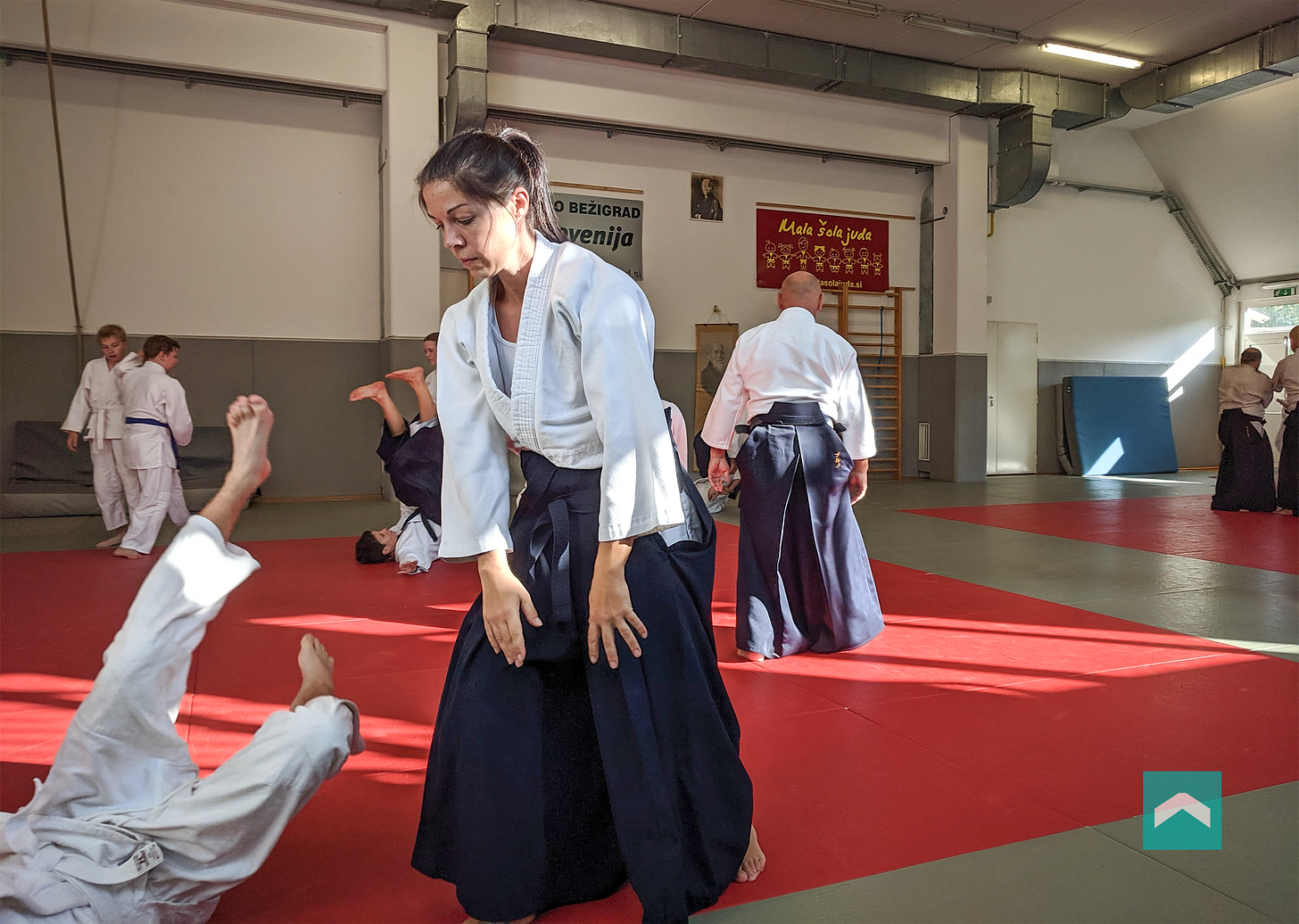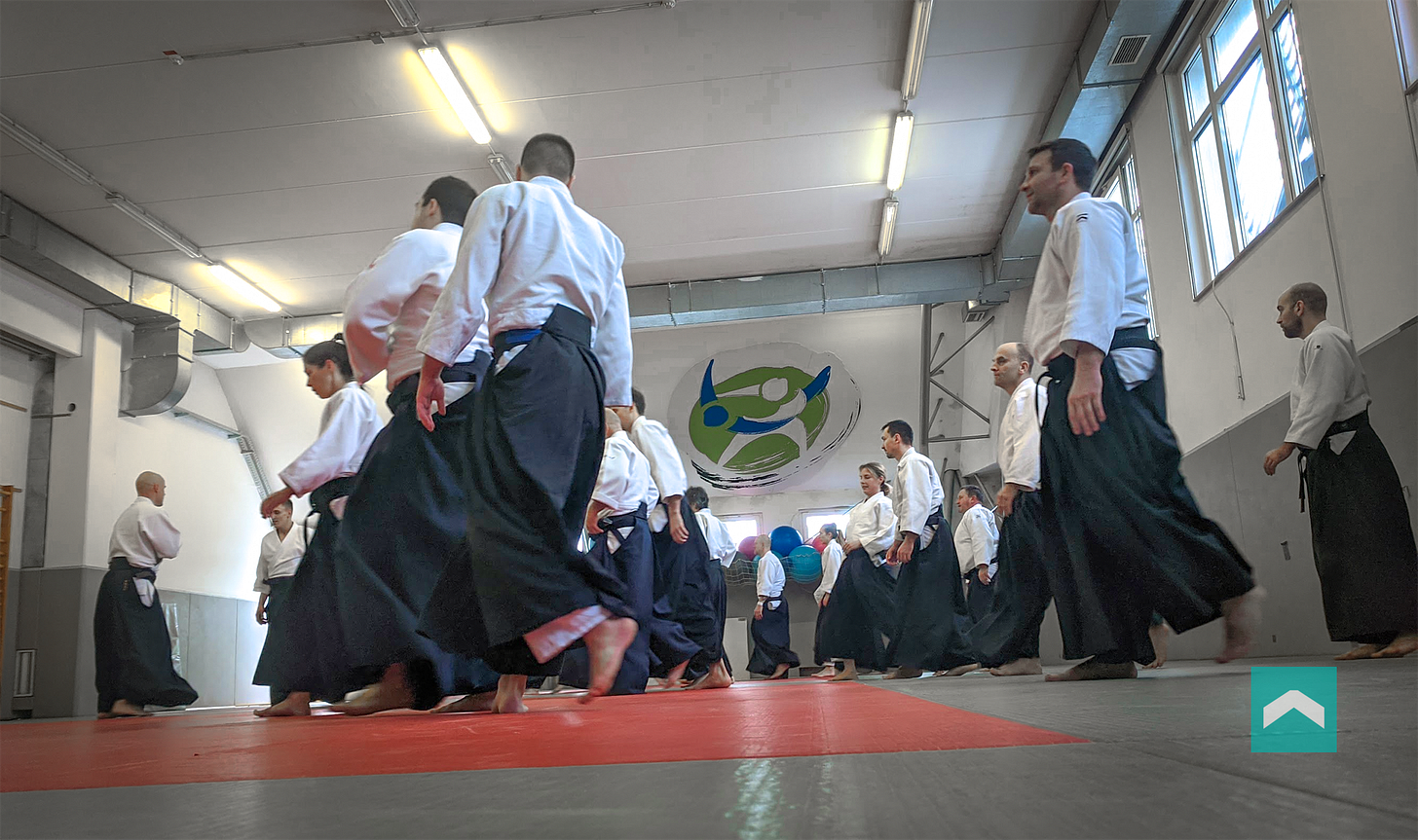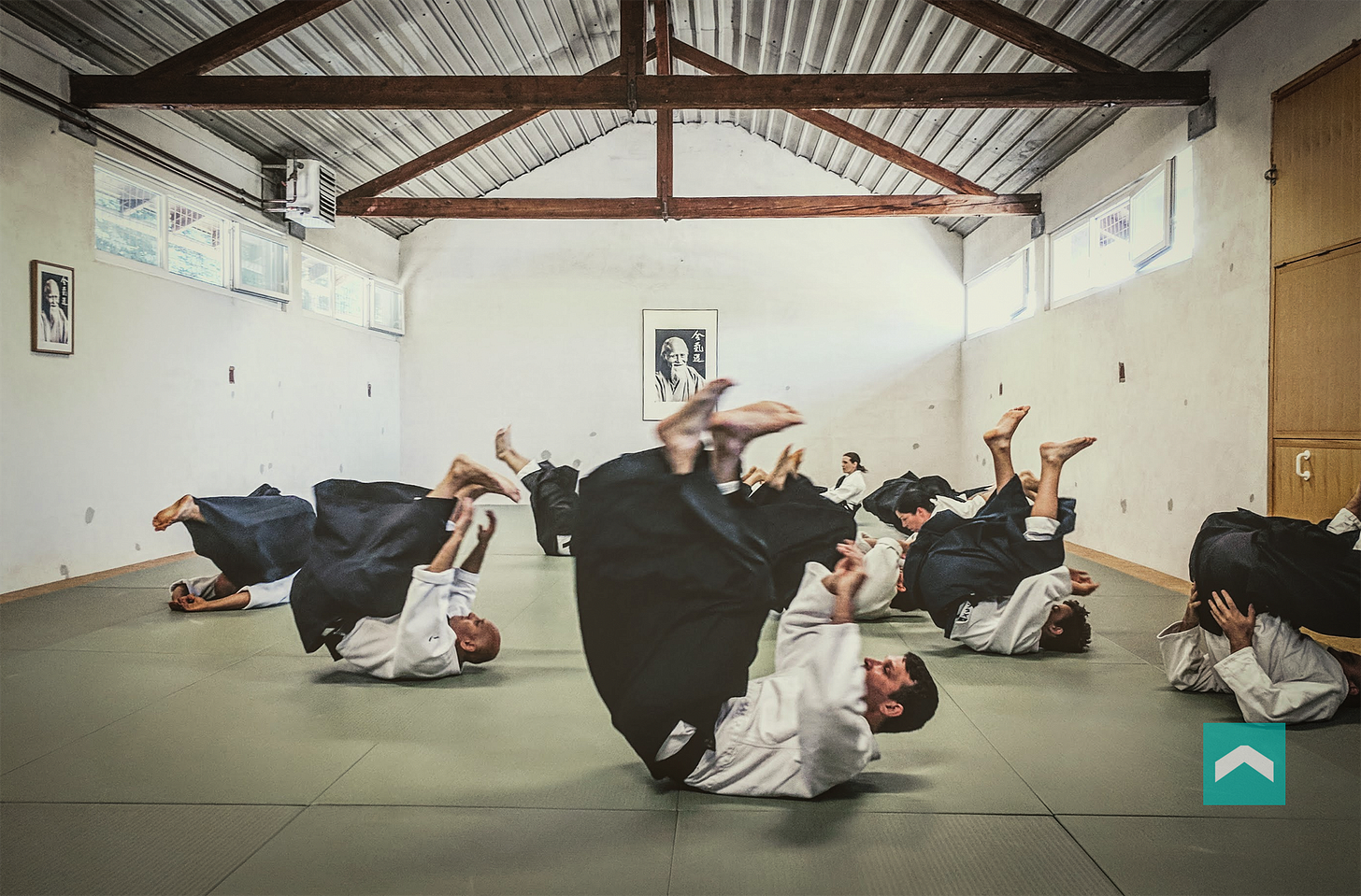From tension to flow: Aikido training with clarity. Part 4
In this final part, we’ll focus on practical application. You’ll learn how to train with the principles of Relaxation, Stability, and Clarity during and after class.
In Part 1 (start there if you haven’t read it yet), I shared what led me to write this series—realizing that copying external form isn’t enough to make Aikido work. There’s an internal foundation that needs to be developed, and vague advice like “just relax” won’t get you there.
Part 2 introduced the Core Framework: Relaxation, Stability, and Clarity. I explored how these qualities evolve from early practice to more advanced levels—and how they reinforce each other as internal skills, not just outward technique.
Part 3 explores how these qualities evolve as your practice deepens. It serves as a bridge between understanding the principles and applying them effectively, setting the stage for this final part.
Practical Application: Training with These Principles
This framework blends seamlessly into your regular training. It offers a clearer way to understand what’s happening when things go well—and when they don’t. Whether you’re feeling stuck, stiff, off balance, or just want to bring more focus into each movement, the Relaxation–Stability–Clarity cycle gives you something specific to lean on.
You can use it directly in class, when a technique feels off. And you can return to it after class, to reflect and fine-tune how you train.
A. Use it in the Moment
Breath plays a central role in this process. It helps transition between phases of internal work: softening tension (relaxation), supporting structure and continuity (stability), and developing deeper awareness and sharper focus (clarity). At any level, a conscious, steady breath supports both attention and awareness, and signals readiness to move forward.
Coarse Level
Whenever you feel blocked—your technique collapses, your timing is off, or you're simply pushing too hard—pause internally. Nothing needs to change externally; your partner shouldn’t notice a thing. The reset happens quietly within you:
Relaxation: Release excess tension. Drop your weight into the floor, open your chest and soften your arms.
Stability: Let your posture settle. Feel grounded, connected to partner and floor.
Clarity: Recognize the situation clearly. What are you doing and why?
Practical tip: After the brief reset, continue the technique and observe what changes. Did the stuck point ease? Notice where resistance lessened. Try the same movement again, this time applying the adjustments before reaching the sticking point. Practice slowly to build awareness.
Intermediate Level
Relaxation: Notice and soften tension mid-movement. Keep breath continuous and chest open.
Stability: Make subtle adjustments without bracing. Stay aligned, responsive, and balanced.
Clarity: Stay attentive to your partner’s balance and timing. Respond intuitively rather than analytically. If intuition doesn’t arise naturally—continue to relaxation.
Practical tip: Choose one internal adjustment for the entire session—such as exhaling fully before beginning, keeping your center lowered, or relaxing the shoulders while maintaining a strong grip. Maintain attention on this single adjustment throughout your movement. Focused repetition builds responsiveness.
Advanced Level
Relaxation: Release mental and emotional tension. Move without controlling every detail; trust your training.
Stability: Hold composure calmly through pressure. Stay fully committed from start to finish.
Clarity: Sense the whole technique before beginning. Channel mental and emotional energy purposefully into the movement.
Practical tip: Before initiating, sense the full arc of the technique. Commit fully to the movement without hesitation. Allow emotional energy—like urgency, intensity, or calm—to fuel focused, clear execution. Practice integrating feeling and action as a single gesture.
B. Reflecting after class
After training, take a few moments to sit with your experience. Use the reflection table below to assess where you are right now. Think of it as a training journal in snapshot form.
The same table in bulleted view:
Coarse Level
Relaxation: I often feel tense, and forget to breathe properly
Stability: I brace or stiffen to stay upright and in control
Clarity: I rely on memorized steps and get confused when things shift
Intermediate Level
Relaxation: I notice tension as it appears and can let it go
Stability: I adjust my posture on the fly without freezing
Clarity: I follow my partner’s movement and respond with decent timing
Advanced Level
Relaxation: My movement feels soft, my breath natural, my mind calm
Stability: I stay composed under pressure without overcorrecting
Clarity: I sense how the whole technique will unfold before I begin
Start with the top row
If any quality still sits in the Coarse level, take note—not to fix it, but to recognize where effort or resistance still lingers. Ask yourself: Where does this feel heavy? What’s not flowing yet?
Example: If clarity feels advanced but relaxation remains coarse, your insights may be slowed by hidden tension—in breath, grip, or shoulders. Simply noticing this brings it into awareness for next time.
Look for relationships, not just scores
Qualities don’t always move in sync. You might feel stable but unclear, or relaxed yet unstable. These patterns aren’t problems—they’re reflections of how your attention is distributed.
Example: If you’re grounded but unclear, your movements may feel steady but aimless. How does your sense of intent shape your action?
Revisit regularly—without judgment
After each session, return to the table. Some areas may shift up, others down. That’s normal. Training isn’t linear—it’s rhythmic and layered.
Note for next time: Pick one quality you want to observe more closely. No pressure to change it—just pay attention to how it shows up in your body and movement.
Refinement begins with awareness. Keep returning, keep noticing. That’s the path.
A Path to Refinement
This framework comes from over 25 years of direct experience—observing, testing, and refining through hands-on training with skilled Aikido teachers and students. It draws from what consistently worked in real practice and offers a simple, usable structure to help practitioners at any level build more awareness and depth into their training.
The only way to truly grasp these principles is to test them yourself. In your next training, shift your attention: relax unnecessary tension into supportive stability, until your clarity of movement and intent becomes unmistakable. Be mindful—or simply don’t forget what you are doing in the moment. Observe how these adjustments shift your experience, even when the mind wants to wander.
Practicing Aikido invites us to refine ourselves with every technique, shaping not only our skills but also our character. Each time we polish a technique, we enhance our awareness, patience, and respect for our partners. With steady training, these qualities carry into the rest of life, helping us move with greater balance and compassion—and, in small ways, build a better world.
Although this framework has guided my practice for years, articulating it took patience. Now that it is structured, laid out, and being applied, I can confirm it has made my techniques smoother, my movement more natural, and my awareness noticeably sharper. I am still gathering feedback from students to further refine and understand its impact.
If this approach resonates with you, explore it, test it, and refine your understanding. I’d love to hear your experiences—feel free to reach out at info@dokiai.com.
Keep training, keep refining. The path is yours to walk.
References
Yates, J. (2017). The Mind Illuminated: A Complete Meditation Guide Integrating Buddhist Wisdom and Brain Science for Greater Mindfulness. Touchstone.
Wallace, B. A. (2011). Minding Closely: The Four Applications of Mindfulness. Snow Lion.
Wallace, B. A. (2006). The Attention Revolution: Unlocking the Power of the Focused Mind. Wisdom Publications.
The Relationship between Relaxation Techniques and Sport Performance (2014) Vincent Parnabas and more.. researchgate.net/publication
Starovojtov, A. (2020). Mindfulness Guidelines. Developed as part of the EU funded SkillAi project. Source: SkillAi





